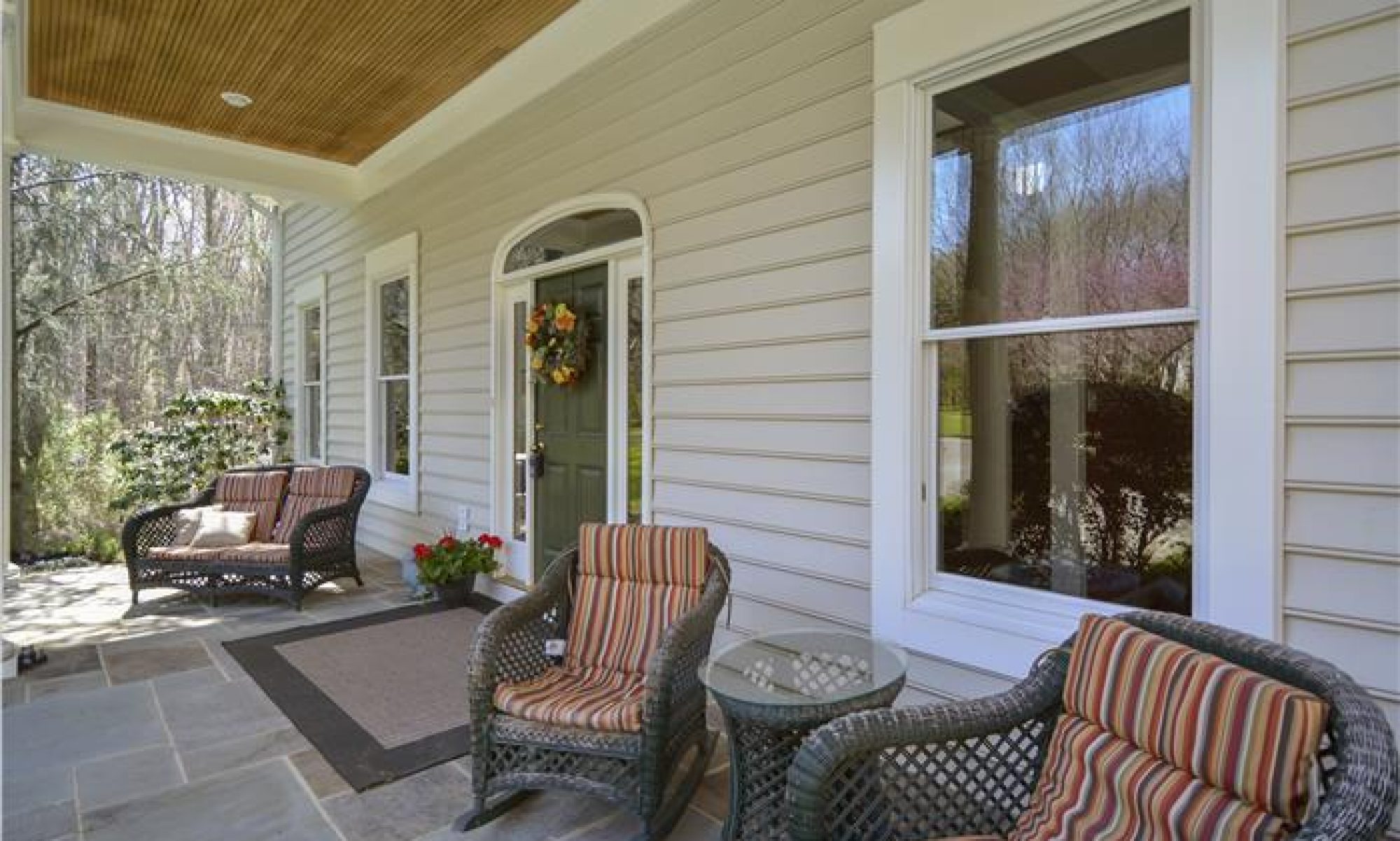When the real estate market is good, many people try to sell their home without a Realtor. These For Sale By Owner (FSBO) sell their homes on their own for one reason-to save money on Realtor commissions. However, before embarking on such an endeavor, one should take an inventory of the pros and cons of becoming a FSBO, as well as the tools necessary to sell FSBO.
The obvious reason to sell your home FSBO, as stated above, is to save on Realtor commissions. Seasoned real estate investors may find it natural to sell a home FSBO because they control the communication as well as being able to communicate directly with potential homebuyers. First time FSBO’s may find it a bit awkward at first, but can find the rhythm necessary to complete the transaction.
How much money can you realistically save? Traditional Realtor commissions have always been around 6%, which pays the listing (homeowner) agent and the selling agent (homebuyer). However, in the last few years, there as been a trend of reduced commissions, so actual savings for a FSBO have been reduced. I have seen Realtors list a home for 4% (if you don’t believe it, send me an e-mail)! Additionally, FSBO’s are contracting and paying commission with more Realtors and their homebuyers in this environment of limited home inventory. In the end, the FSBO’s savings from Realtor commissions may be marginal.
You might think that saving money outweighs all negative aspects of selling your home FSBO. However, there are some real negative aspects of selling your home FSBO, such as time, expense, and contractual obligations.
How much is your time worth? Selling a home requires the application of time to tasks. Among the many tasks of selling a home, the top things that a FSBO may do include (and is not limited to) preparing the home for the open house, contacting the paper to advertise, putting up signs, meeting potential homebuyers, and negotiating contracts. The time quickly adds up.
Selling your home FSBO is supposed to save you money right? Well, there is a bit of expense that is necessary. A FSBO must have signs in the yard, as well as directionals (the small arrow signs) to point homebuyers in your direction. Additionally, you might consider paying the local paper for advertising, as well as paying for an internet advertisement (although there are many websites that will allow you to post for free). Another expense may be to have your attorney to review the contract to make sure it is legal and enforceable. It seems that the expenses also quickly add up.
Selling your home FSBO relieves you of certain responsibilities under the law right? Wrong. The most important thing a FSBO forgets to check is the law. That’s correct, even FSBO’s are responsible to adhere to certain federal and local laws pertaining to the sale of real estate (i.e., equal housing, lead paint, Maryland disclaimer-disclosure). This is the one area that FSBO’s get themselves in trouble because of the lack of knowledge and expertise. There is an increased liability potential.
FSBO sales are steadily increasing in the community. However, if a home owner actually does a cost analysis they may find that selling FSBO may actually not be saving them money, and actually may put them at a higher liability risk because of the lack of information and knowledge of the law. So, before you sell your home FSBO, do your homework and consult a professional.
by Dan Krell
Copyright Dan Krell 2005.
